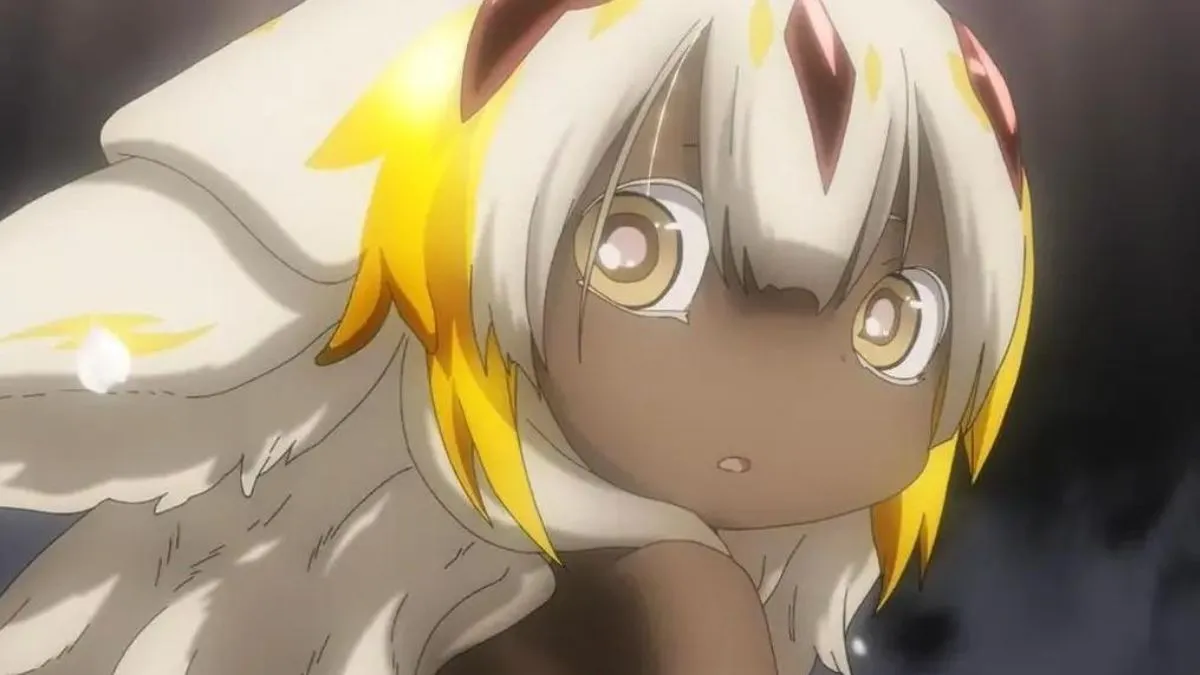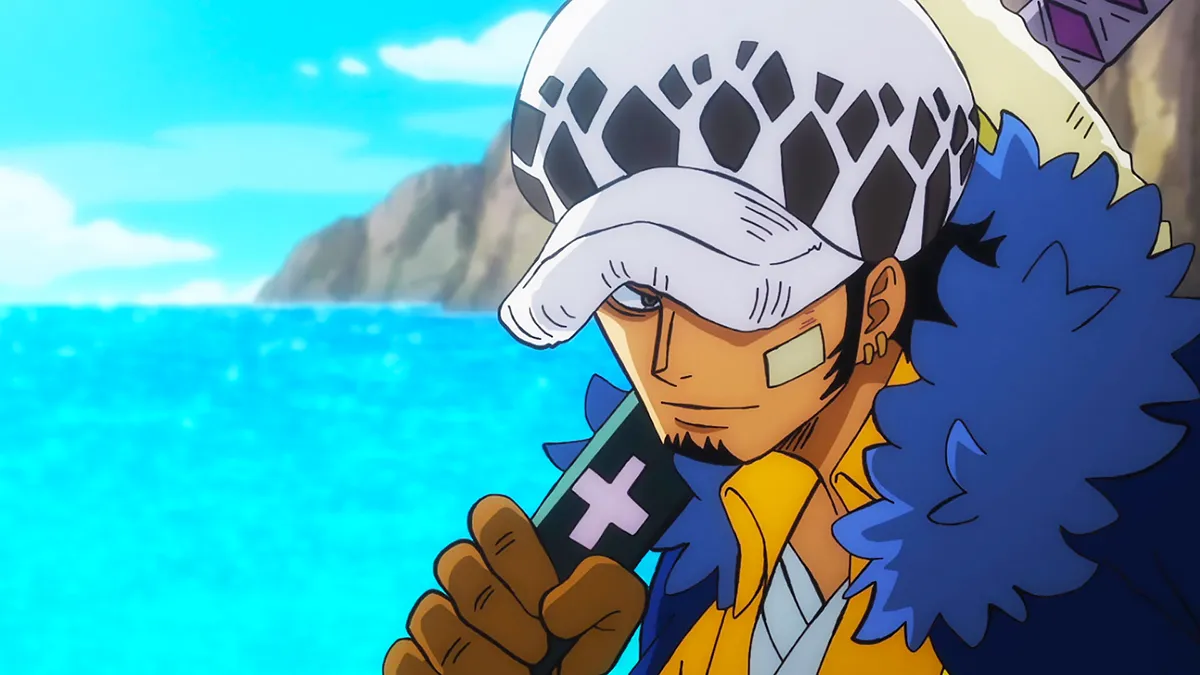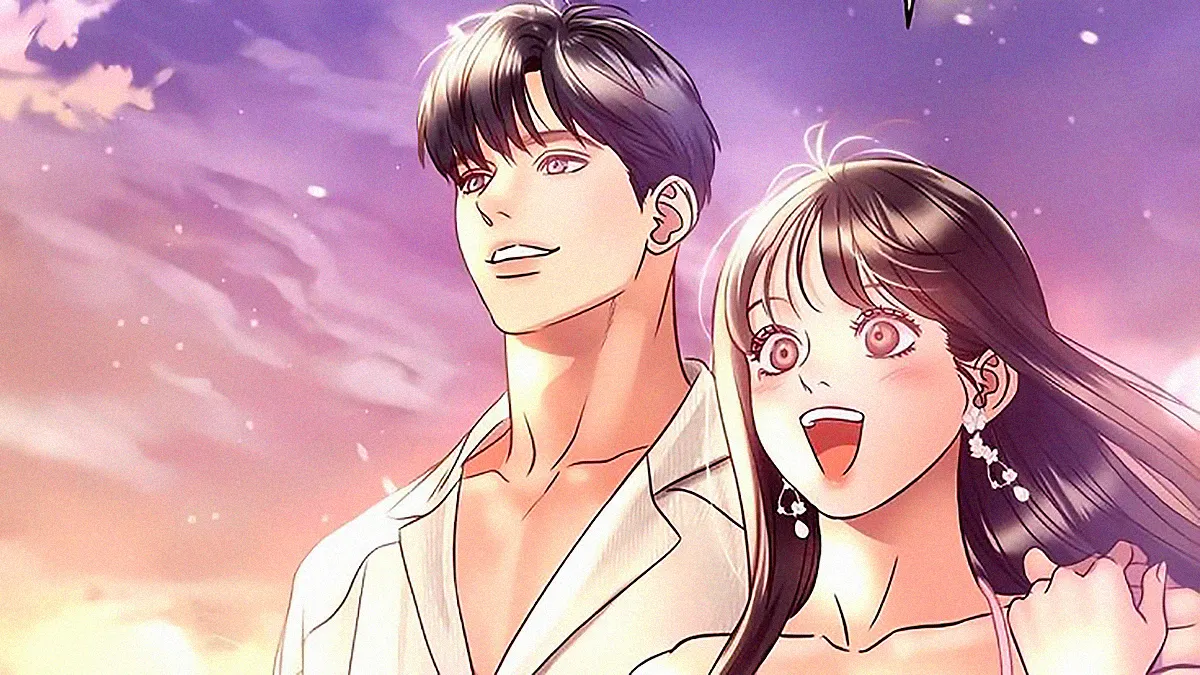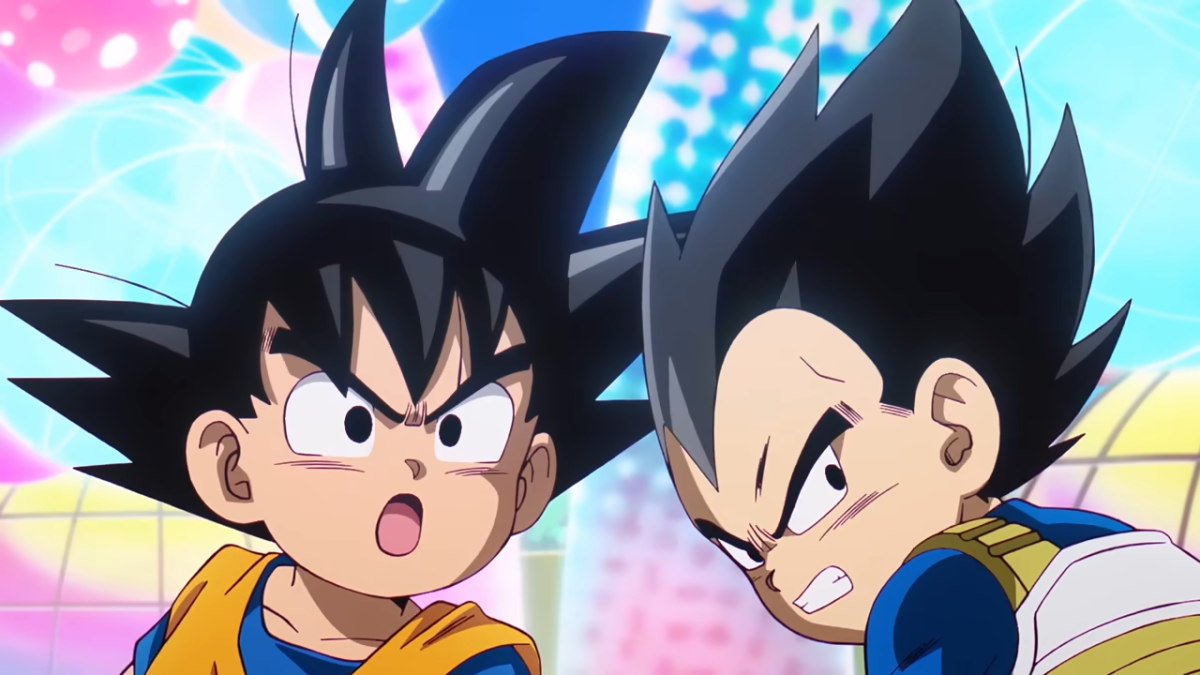With Netflix’s Avatar: The Last Airbender having finally given fans a first look at its costuming and overall aesthetics, now’s the perfect time to provide potentially new, curious fans a glimpse into the world of Avatar. After premiering in 2005 on Nickelodeon, the franchise has grown increasingly popular, thanks in large part to its character development, beautiful animation, and faithful and respectful depictions of Asian and Indigenous practices.
Yes, the world of Avatar is beautifully diverse, but its primary influences draw mainly from South Asian, East Asian, and First Nations peoples. An ‘Avatar’ is actually a Hindu concept – to put it simply, it’s a deity given human form. Though the series tends to avoid terms like “gods” or “deities” due to American censorship, instead preferring to refer to ‘Spirits,’ Avatar makes it clear just how powerful and mighty its titular character is throughout their many lifetimes.
What is an Avatar?
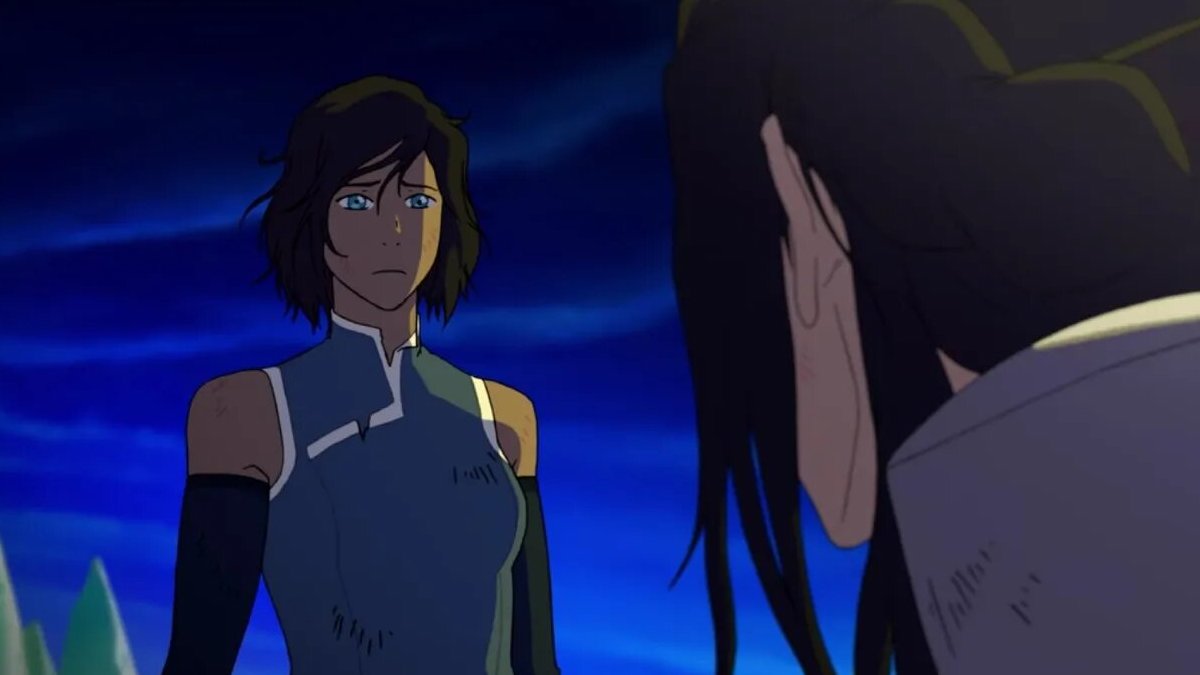
The Avatar is the master of all four elements and the bridge between the spiritual world and the physical plane. In Avatar’s world, a human is either a bender or a non bender, meaning they can either control one of the four elements or none at all. The element they can potentially bend is determined by the nation to which they belong – someone of the Earth Kingdom wouldn’t be a Firebender unless they had Fire Nation ancestry, for instance.
The Avatar transcends these boundaries. By bonding to the Avatar Spirit, the Avatar can bend all four elements. Traditionally, they are informed of their identity at 16 and then go on a journey throughout the four nations to learn the other elements. This isn’t always the case, though – there’s always some threat or another lurking around, and some Avatars find out about their destiny earlier than others purely out of necessity. The Avatar cycle dictates that the Avatar is constantly reincarnating in a process – which goes through Fire, Air, Water, and Earth before repeating itself in an endless lineage.
As the bridge between the spiritual and physical world, the Avatar also mediates any spiritual conflicts that might arise. For instance, Avatar Yangchen (Tress MacNeille) would placate angry spirits with festivals and prayers in their honor. Some spirits, such as Koh the Face Stealer (Erik Todd Dellums), resent the Avatar and don’t really respect their authority, which makes the Spirit World a dangerous place for an Avatar to venture into. But the Avatar must do their duty, and trips into the Spirit World are not uncommon for an Avatar.
Every known Avatar has had their struggles, friendships, and lives – that’s what it means to be the Avatar. After all, if the Avatar was instead some spirit on a mountaintop, how could they genuinely relate to the humans to whom they protect and guide? With each passing lifetime, the Avatar Spirit learns more of what it means to be human – suffering, rage, and feeling joy and hope. The Avatar can be anyone, and that’s the point – the Avatar is not unique because of their blood, but because of their soul and inherent draw to protect the innocent.
What is the Avatar Spirit?
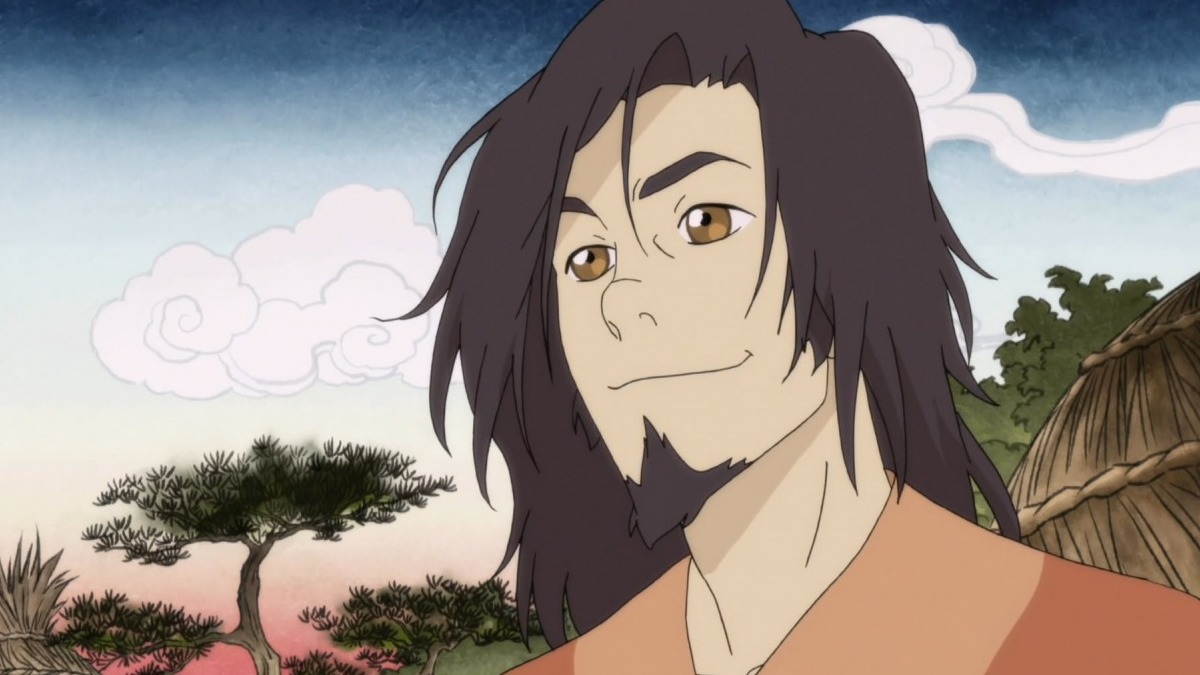
The Avatar Spirit, we later find out in The Legend of Korra, is the spirit of light and order, Raava (voiced by April Stewart). Raava exists in eternal opposition to Vaatu (Jonathan Adams), the spirit of darkness and chaos. When one waxes, the other wanes. Their relationship is not unlike the Dao – Yin and Yang, push and pull, life and death, order and chaos. The two were seemingly in physical conflict for eternity until the first Avatar, Wan (Steven Yeun), came across their battle site.
Wan ended up tipping the scales in Vaatu’s favor, and his journey to rectify this mistake and his permanent fusion with Raava is a tale recounted in “Beginnings,” a beautifully animated two-parter from Book 2 of The Legend of Korra. Upon Wan’s death, Raava promised that they would be together for all of his lifetimes, and she kept her word for at least 10,000 years. Raava now resides within the Avatar, providing guidance when necessary, but for the most part, is content to watch Wan’s reincarnations keep a balance over their world.
Raava also allows an Avatar to channel their past lives and speak to them for advice. The spirit of their former lives can also impart the current Avatar with knowledge, power, and visions of their experiences. An Avatar has to be careful not to rely too much on this, though – many emotional and physical ailments can cloud this ability due to its deeply personal nature. Though it’s essential to heed the warnings of the past, it’s also just as important to view modern-day problems through a modern-day lens.
What is the Avatar State?
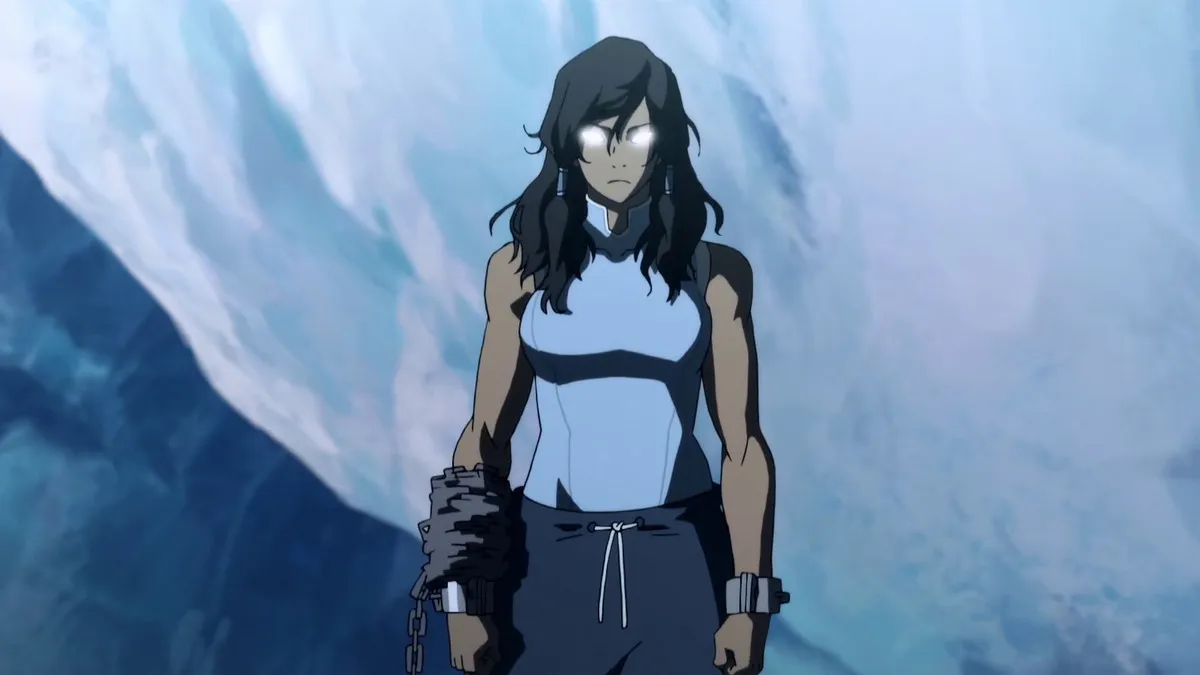
The Avatar State is the Avatar’s ultimate power and defense mechanism. While channeling Raava and her power, the current Avatar can also call upon the ability and knowledge of every Avatar that has ever come before them. The Avatar State is incredibly dangerous for an inexperienced Avatar to enter, and they might lose control if they’re not careful. Luckily, entering Avatar State requires a profound understanding of spirituality, so a kid can’t really enter it by accident. Well, unless they’re notably spiritual, like Avatar Aang, or if Raava decides the young Avatar might just need some protection.
The Avatar State is a critical component of being the Avatar. Though it’s an Avatar’s greatest power, it’s also their greatest vulnerability. The presence of every one of their past lives at once means that if they’re mortally wounded, the Avatar would cease to exist. The reincarnation cycle would end immediately, and no new Avatars would ever be born, plunging the world into an unknown (but indeed dark) fate.
That’s not really a concern for most fully realized Avatars – their abilities become nigh unstoppable and capable of destroying an army. Of course, for an inexperienced Avatar, the Avatar State can seem more of a liability than a power-up (hey, the writers have to preserve narrative tension somehow).
What are the Four Nations?
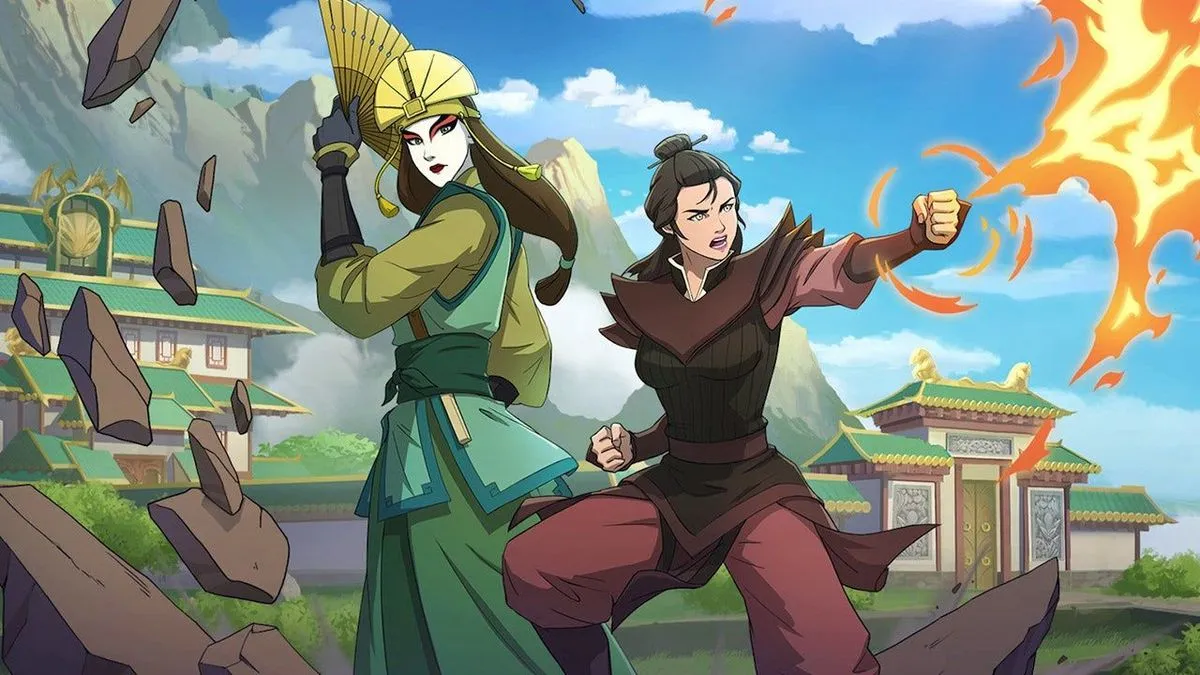
You might have wondered what those four symbols in Avatar: The Last Airbender’s marketing are. Those symbols represent the four nations of the Avatar world. There are the Water Tribes, whose symbol is a circle with waves inside; the Earth Kingdom, with its solid, rectangular-looking symbol, the Fire Nation, with its simple flame; and the Air Nomads, with their circular designs that resemble gusts of wind.
The four nations are each split and divided down their elemental affinity, so while the Water Tribes are where Waterbenders come from, the Earth Kingdom is where Earthbenders come from, and so on. Even within the nations themselves, there are divisions. The Water Tribes are split between the Northern Tribe and the Southern Tribe. At the same time, the Earth Kingdom has many lesser polities within its borders, and the Air Nomads are divided between four temples that mirror the four cardinal directions. Ironically, only the Fire Nation is truly unified – even if it hasn’t always been – which allows the more technologically advanced, industrialized nation to dominate the others.
Needless to say, there’s a lot of conflict to be had between all of these groups. Bigotry is still a problem in their world, as is violence, and with the presence of bending, it’s even more important for an Avatar to resolve conflict. The Avatar doesn’t have unilateral control over anyone, and someone will always challenge the Avatar’s authority.
In fact, going into Netflix’s Avatar: The Last Airbender, the Avatar is probably the least respected they’ve ever been. Because Gordon Cormier’s Aang has been missing for one hundred years, many believe the Avatar died long ago, and many have given up hope. Aang’s guilt over this is a central pillar in his character development, and his grief over losing his people informs many of his actions.
Avatar is one of the most refreshing family animations out there. Fantasy is a beautiful genre, but a common criticism has been that much of its mainstream influences remain Eurocentric. Avatar’s a great way to show that the genre doesn’t have to look a certain way or fit a particular aesthetic – and its worldbuilding is only just beginning.
New animated series and films have been announced from Avatar Studios. The first of these films is set to focus on Aang in his adult years. Still, there’s a lot of speculation that new Avatar content will soon bring audiences into a different era – one with a different Avatar – before long. But, hey, you have plenty of time before then – why not check out one of the animated series, the comics, or the novels? Netflix’s adaptation isn’t going anywhere, but you just might be missing out on a profoundly immersive fantasy world.

